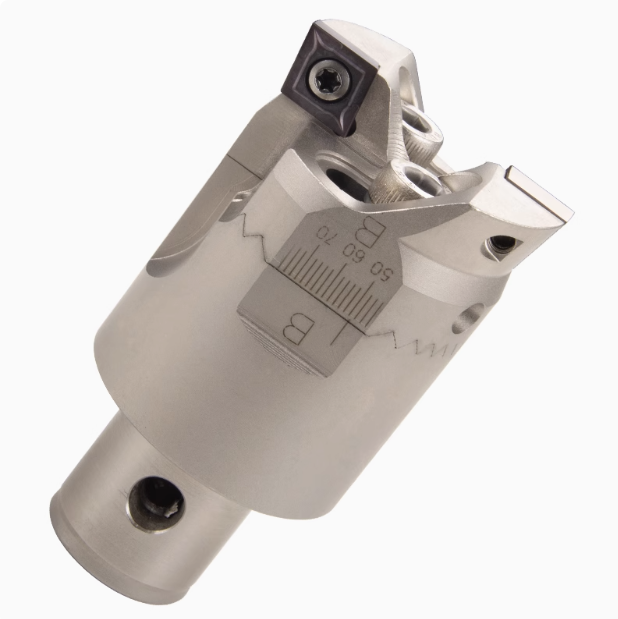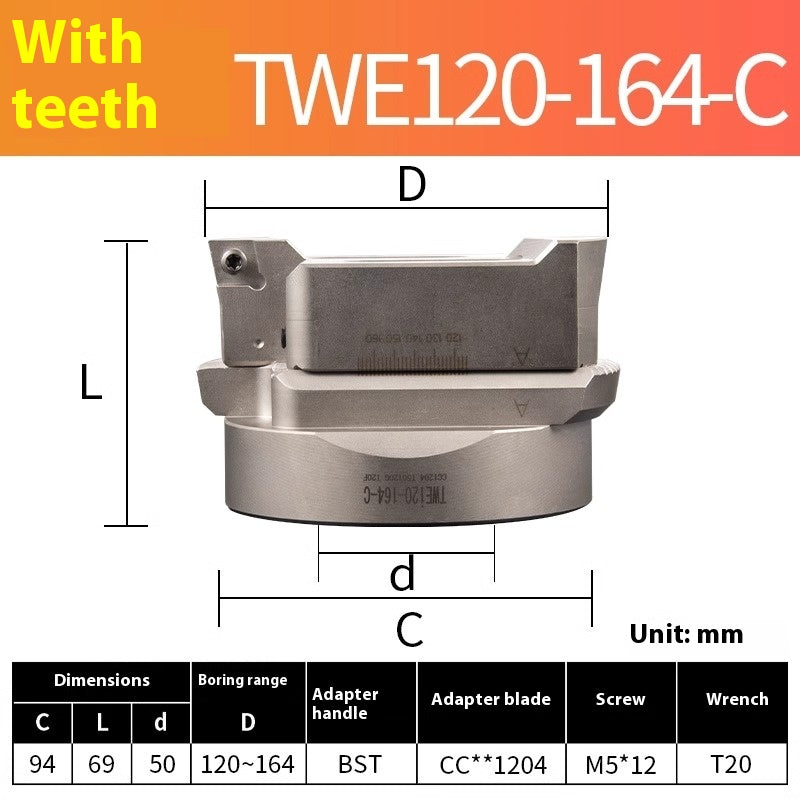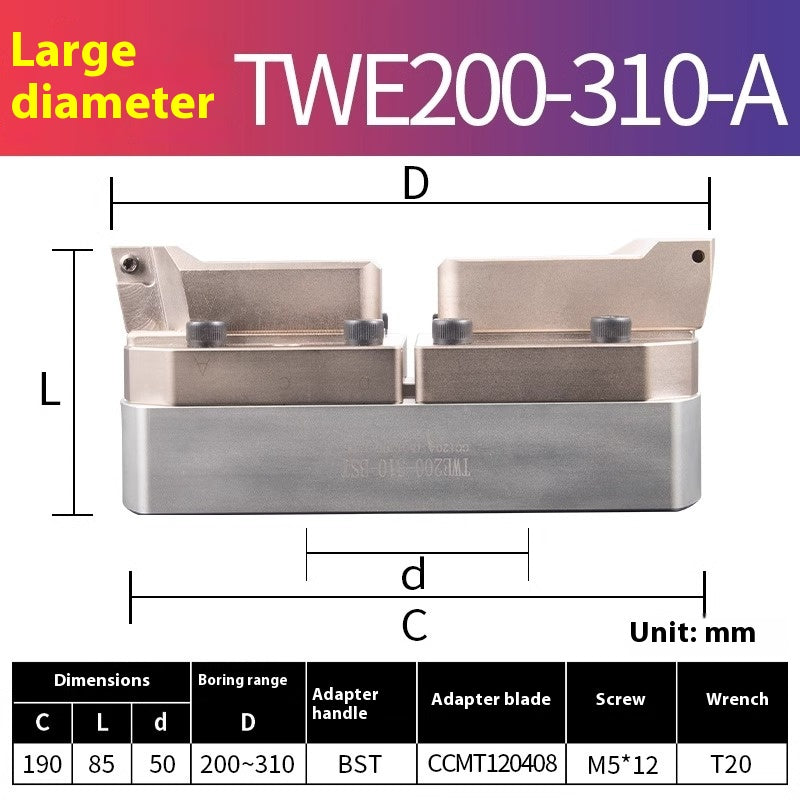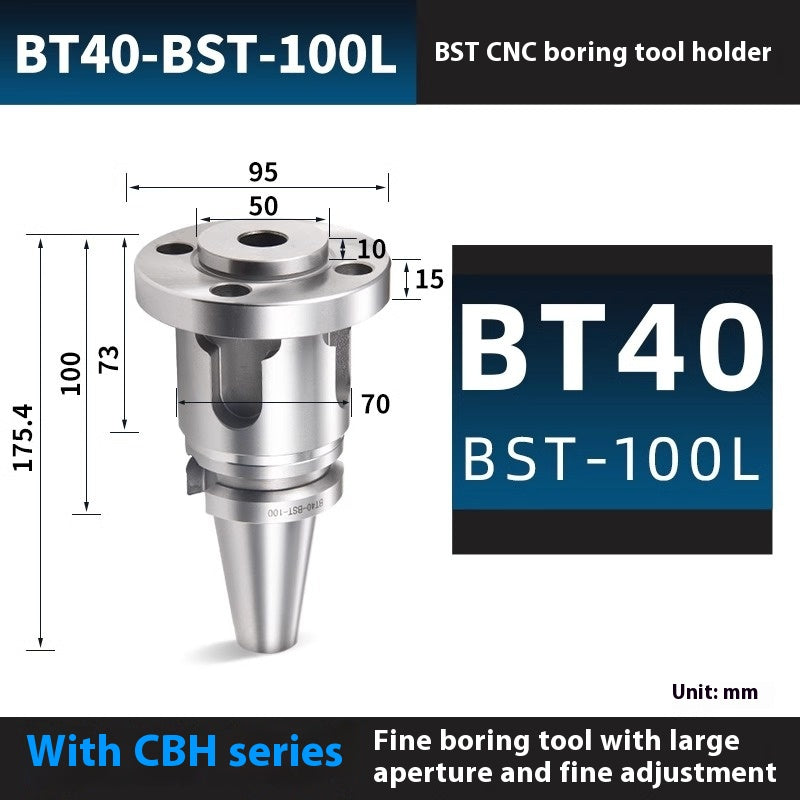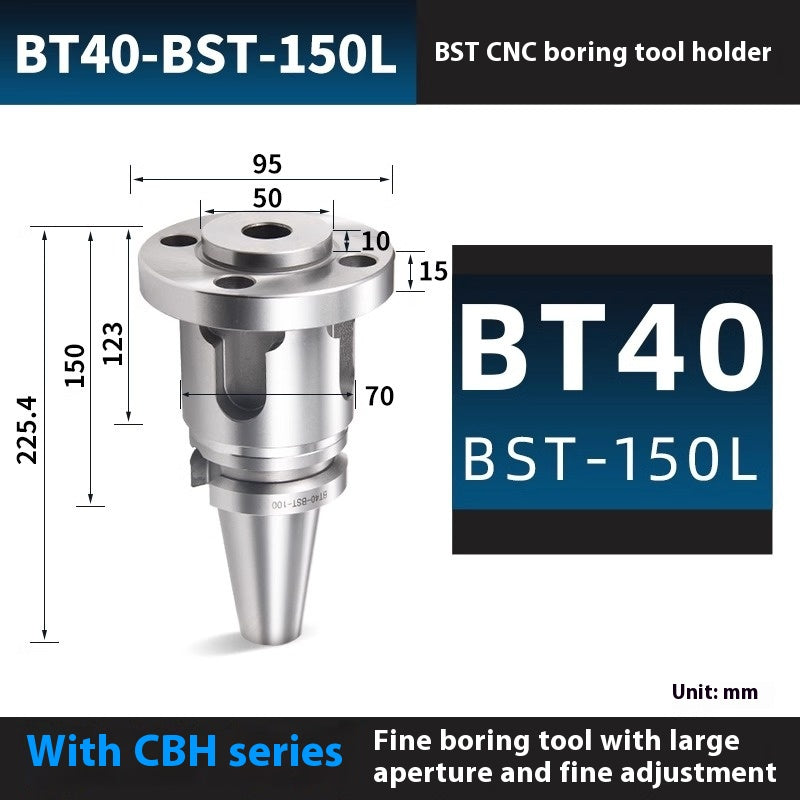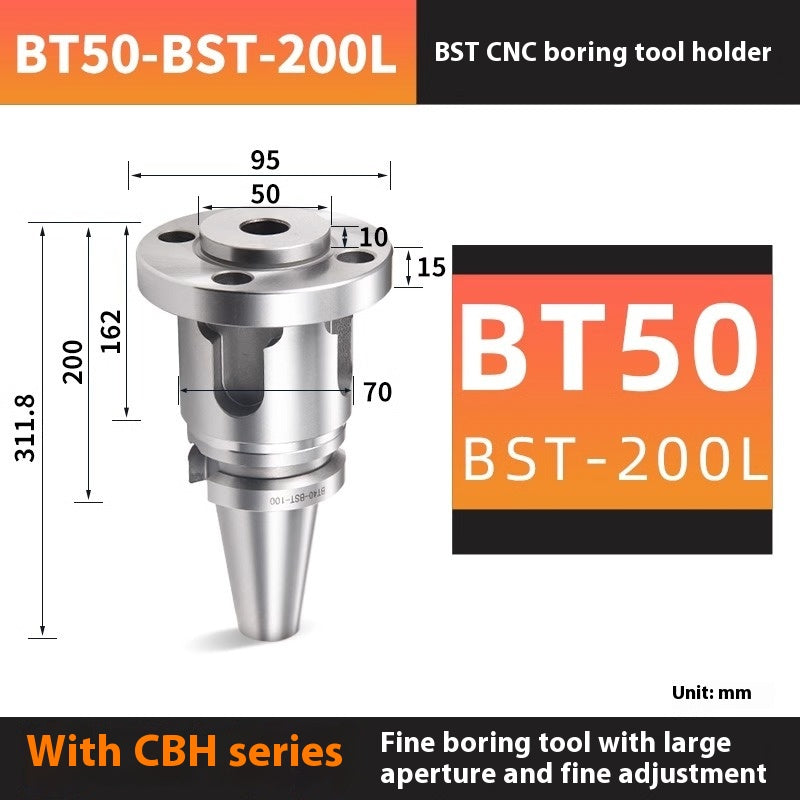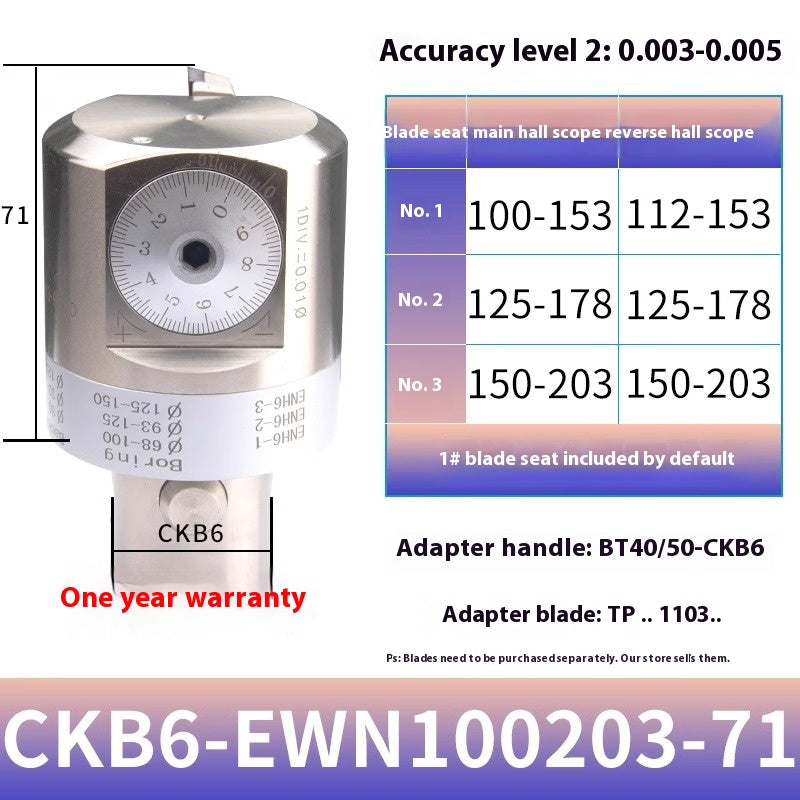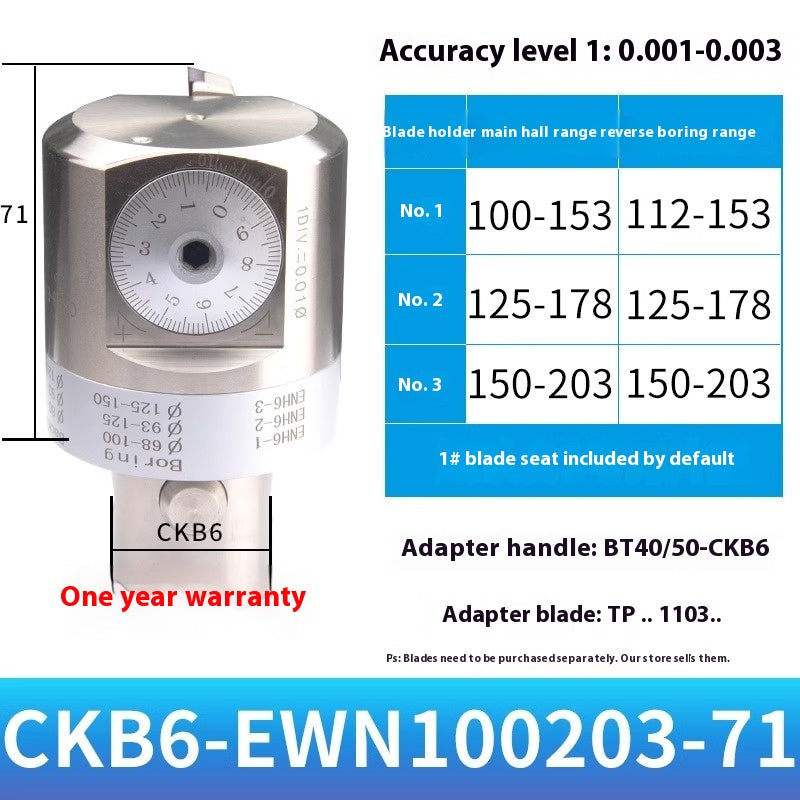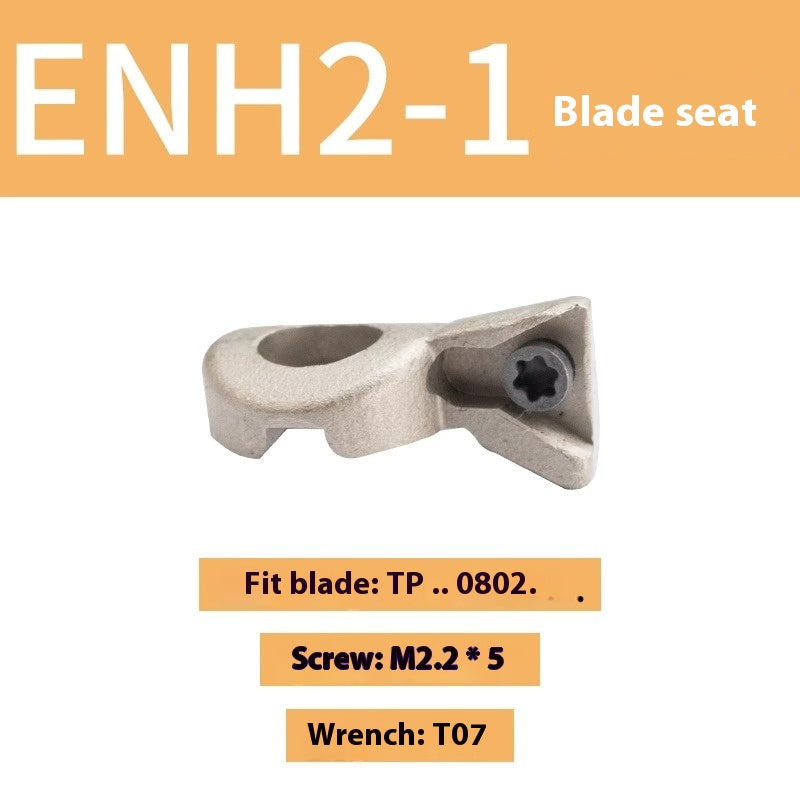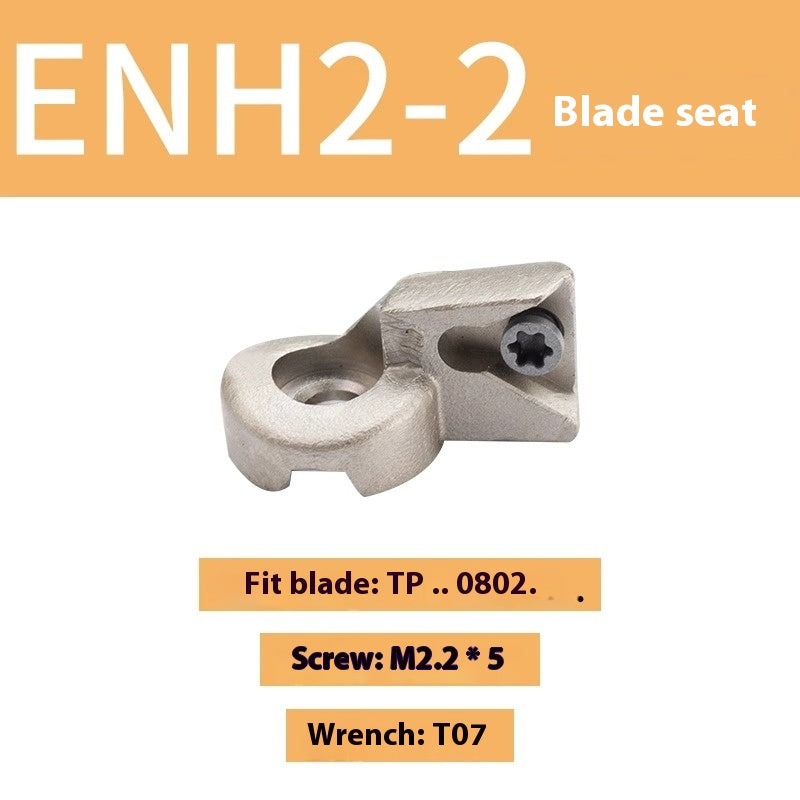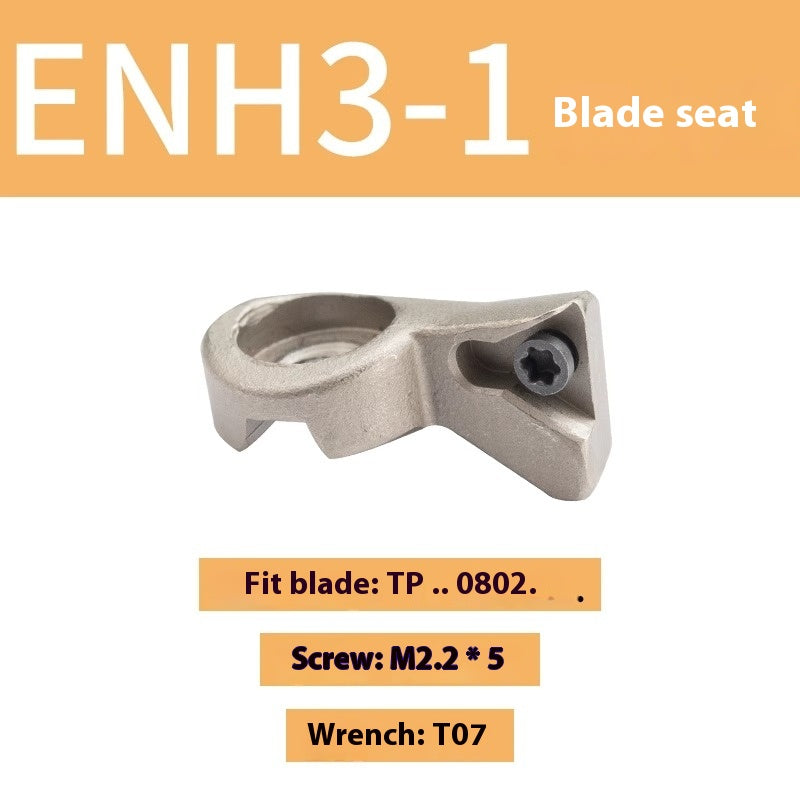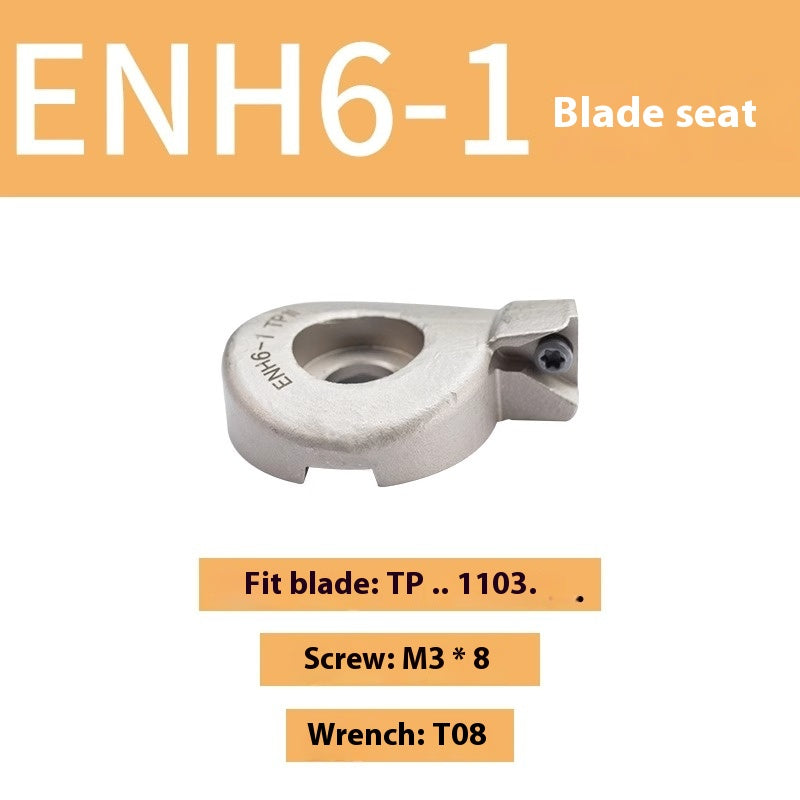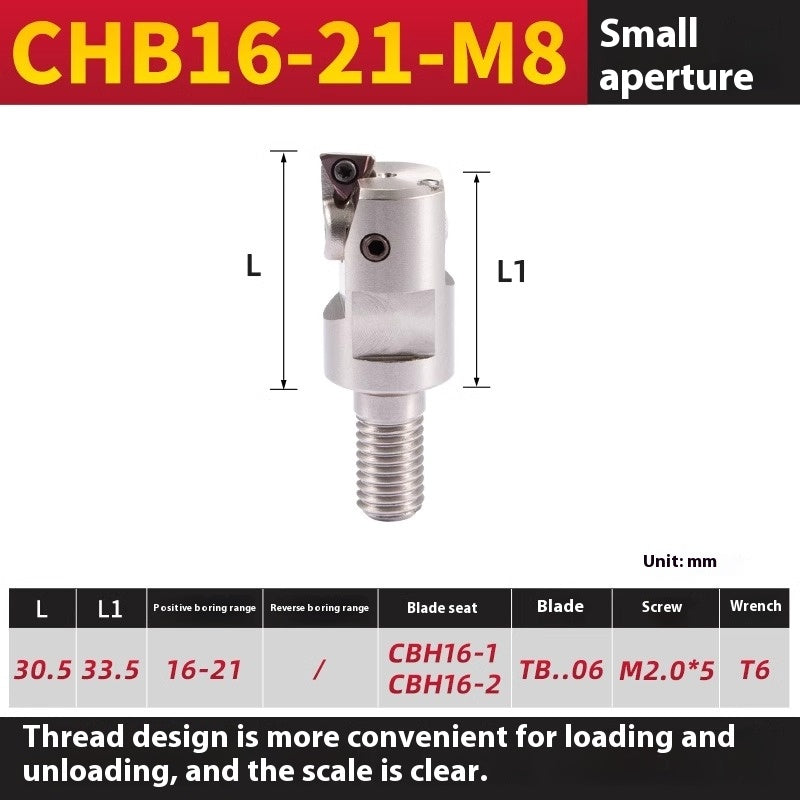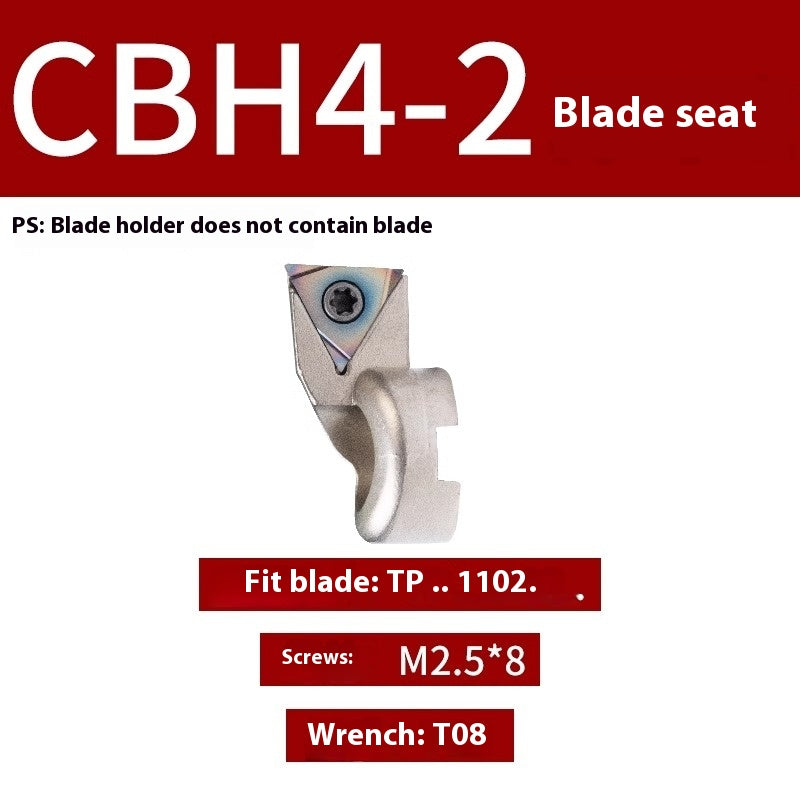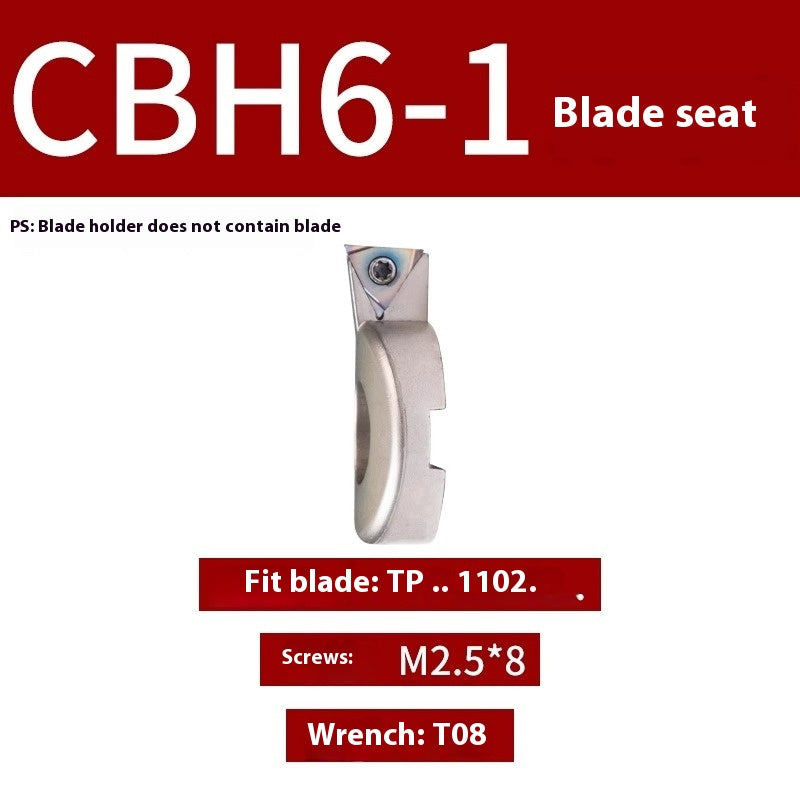Frequently Asked Questions
If your question is not answered below, please click contact us.
General Questions
1.How do I set up an account?
Setting up an online account with our shop is easy and takes less than 1 minute. Simply click the 'Login' link at the top of our website, then choose 'Create Your Account'. Fill in all required information and click 'Create'. You'll receive an email confirmation once your account has been successfully created.
2.Do you accept CREDIT TERMS?
Our shop does not offer terms. We do, however offer several convenient payment options which include all major credit cards (Visa, Mastercard, American Express, JCB, UnionPay, Diners Club, Boleto), PayPal, and Bank Wire Transfer.
3.Are you a manufacturer?
Yes. We provide OEM production for many well-known brands around the world. This store sells its own brand "ShanYing" products. This allows us to provide excellent customer service and affordable prices for our products. We do not sell any product that we cannot repair and provide technical support for. If your demand is large, it is recommended that you contact our account manager: Lisa@densotool.com.
4.Do you ship worldwide?
Yes. Our shop offers several UPS/Fedex/DHL /TNT/EMS International shipping options, and special duty-free transportation lines..
5.How will I know when my order ships?
When your order ships we will send you a confirmation email along with a tracking number from your selected shipping method (UPS/Fedex/DHL /TNT/EMS). UPS/Fedex/DHL /TNT/EMS orders placed by 4pm central time Monday – Friday will ship within 7 days. This policy applies to all in stock items from orders placed during normal business hours and not on weekends or holidays. Due to an earlier carrier pickup, some UPS/Fedex/DHL /TNT/EMS orders may require an additional business day for shipping.
6.Some items in my cart say 'call for stock status'. What does that mean?
Call for stock status means that the requested quantity may not be available for the item in your cart. If this item is needed urgently we recommend you contact us to confirm stock and expected delivery date.
7.Some items I am ordering are not in stock. Will my other items ship today?
For domestic orders it is our policy to ship all in stock items same day (M-F). When your back ordered items become available we will ship them immediately to you via express delivery at no additional cost you.
For international orders it is our policy to hold the entire order until all items are in stock and ready to ship. If in stock items are needed urgently we suggest placing two orders. One for in stock items and one for out of stock items.
8.Lost or damaged items?
If your order is lost during shipping Our shop will file a claim with the shipper on your behalf, but cannot be held liable for the lost order. All orders are shipped with full insurance to cover your loss. If your order is damaged during shipping we highly recommend you notify the delivery agent (UPS/Fedex/DHL /TNT/EMS) prior to accepting it. Our shop cannot be held liable for lost or damaged goods. When shipping your order we include insurance for this reason. Claims must be made by the recipient directly with the delivery agent.
Common Tool Questions
1.Can you make custom tool holders?
Yes we can. We have more than 15 years of manufacturing experience, we have resources to make any type of custom tool holder or cutting tool. We are very proud of our newest CNC multi tasking machine. This machine allows even the most complex of parts to come out nearly complete. We have experience in making tool holders from the size of a key chain (ISO 10) all the way up to CAT50 tool holders . Shandong Denso Precicion Tools Co., Ltd. is a key supplier to several major machine tool builders. We provide them with Taper standards and pocket alignment gages used in the assembly and testing of their tool changers and tool hives. We routinely manufacture special prototype tool holders for experimental manufacturing concepts and ideas.
2.I don't know what retention knob my machine uses. Can you help?
Yes. If you need assistance please email us at lisa@densotool.com and provide the following information:
Is your pull stud coolant thru?
Your machine make, model and spindle taper.
What tool holder style does your machine use?
Do you have any special requirements?
What quantity you would like to purchase?
3.I noticed the CAT40-ER32-1.85 short collet chuck, but do you have some collet chucks with a shorter gage length?
No we do not. We have noticed that putting the collet cavity any closer to the tool taper can lead to distortion of the taper. On the CAT40 and BT40 tool holders where the collet nut is flush with the face of the flange noticeable distortion of the tool holder taper is evident when the collet is torqued to just 55 ft-lbs. The outside taper became slightly larger at the end and taper roundness increased. Using such a holder can put excessive wear on the front portion of your spindle taper bore.
4.What are the differences between SK and ER Collet Systems?
ER collets have an included angle of 16 degrees and most collets have a range of 1mm. Grip is strong and in most applications sufficient.
SK collets have an included angle of 8 degrees and most collets have a range of .5mm. Grip is very strong and is a step above ER collets. More of the collet sits in the taper pocket so concentricity is equal or better than ER collets.
5.What can cause poor runout in a collet chuck tool holder?
Care must be taken for any precision tool to function properly. Tool holders are no different. Below are a few tips.
Make sure you are snapping the collet into the collet nut before screwing the assembly into the tool holder. The collet face should be flush or near flush (within 1/16") with the face of the collet nut.
Check the condition of the tool holder taper. We often see careless handing of the tool holder resulting in a nicked or dented taper. This will certainly ruin tool holder accuracy.
How is the condition of your spindle and spindle taper? Tool holder will give poor runout if it cannot seat in your spindle properly or if your spindle has worn bearings.
All mating surfaces of tool holder, collet, collet nut must be clean and free of chips or coolant sludge. Before assembly it is always advised to put a little oil on the collet nut internal thread and the 30 deg angle that pushes the collet into the tool holder. Do not put any oil on the collet or tool holder internal collet seat. We use turbine oil, but any light oil or motor oil will do.
Any burrs or nicks on your collet? Collets can develop burrs next to the slits. Sand them down with light sandpaper and make sure collets are clean and no debris inside the slits.
Is tool holder cracked near the collet seat? Over-tightening can result in a cracked tool holder. Collet torque Specs are in our FAQ collet section.
Is your retention knob under/over tightened? Specs are in our FAQ retention knob section
End Mill Holders
1.What size do you grind your end mill holders to?
We grind our end mill holders tighter than most manufacturers do. During final grinding we use a certified gage pin that is exactly on size to 40 millionths undersized. This method ensures that our end mill holders are a nice tight fit to your cutting tool shank for low runout and great dampening ability. Unfortunately, some cutting tools that are double ended and coated may be a tight fit or not fit at all. For example if a 1/2" double ended end mill is TiAlN coated the shank is .4999 and the coating is 2 microns per side, the shank will end up being .50015. More than likely the tool will not fit in our end mill holders. But if the shank is .4998 before coating the tool will fit. Compromising our end mill holders by making them larger for double ended coated end mills is not a good solution since this represents less than 10% of applications in our experience. Please make a note of this when selecting tool holders and cutting tools. If you are using double ended end mills that are coated you may want to look into our precision ER or SK collet chucks.
2.Do coated end mills fit in your end mill holders?
Yes they will fit without any problems. Single ended end mills that are coated will not have any coating on the shank so size of the shank is not increased. Double ended end mills are different. Please review the previous question on that topic.
3.Do end mill holders have more grip than collet chucks?
Yes. If you are concerned about an end mill slipping due to heavy roughing it is always advised to use an end mill holder. Once the set screw is locked on to the flat of the cutting tool shank there is no chance of the tool slipping or pulling out.
4.What are the disadvantages of using an end mill holder over a collet chuck?
End mill holders need a flat on the shank to properly hold the tool. End mill holders don't allow the tool to be held at any length unless you grind multiple flats on the shank. During a tool crash or breakage the cutting tool may "kick back" and damage the end mill holder and may be difficult or impossible to repair. If the same breakage happened in a collet chuck only the collet would need to be replaced not the entire tool holder.
5.What are the torque specs for the side set screws?
1/8 shank 5 ft-lbs
3/16 shank 7 ft-lbs
1/4 shank 8 ft-lbs
5/16 shank 11 ft-lbs
3/8 shank 15 ft-lbs
7/16 shank 18 ft-lbs
1/2 shank 20 ft-lbs
5/8 shank 35 ft-lbs
3/4 shank 45 ft-lbs
1.0-1-1/2 shank 65 ft-lbs
Hydraulic Tool Holders
1.How to measure clamping "preload"?
A good tip is to measure preload. Put the shank in the holder and very slowly tighten the hydraulic clamping screw until the shank stops rotating.
From that point you should be able to rotate the clamp screw 2 full rotations(or more) before coming to a dead stop.
2.If nose diameter is not a concern for me, when should I use an "on sized" hydraulic chuck without sleeves or get an "over sized" hydraulic chuck and use sleeves?
When finishing it is best to get an on size hydraulic chuck. If you are using a 1/2" shank finisher, try to use a 1/2" hydraulic chuck. You have less chance of having any runout (Our sleeves are dead nuts, but everything has a tolerance) and you will have the best dampening available.
When you are light to medium roughing it is best to jump 1 size larger with a hydraulic chuck and use a sleeve. So if you are using a 1/2" shank tool, try to use a 5/8" or 3/4" hydraulic chuck with a sleeve to reduce it. Runout isn't much of a concern when roughing and since you are using a larger hydraulic chuck your grip will be higher. Also roughing operations have a greater chance of a tool breaking so the sleeve can act as a wear item in case the broken carbide kicks back and hits the tool holder.
Shell Mill Tool Holders
1.How much torque is required for the arbor screw?
1/2" arbor 6 ft-lbs
3/4" arbor 22 ft-lbs
1.0" arbor 45 ft-lbs
1.25" arbor 55 ft-lbs
1.5" arbor 55 ft-lbs
2.0" arbor 60 ft-lbs
2.Are Shandong Denso Precision Tools Shell Mill Holders Coolant Thru?
Unless specified, yes our shell mill tool holders are coolant compatible. In most cases the company supplying the coolant thru shell mill will provide you a proper arbor screw that supports coolant thru and will adapt properly to the specific shell mill that you have. Every shell mill is different so we cannot provide a proper coolant thru arbor screw for every situation. In case they did not provide such a screw we recommend simply grinding or milling a flat on the arbor thread screw that you plan on using. Even a .03 deep flat will allow plenty of coolant flow and will not reduce strength or function of the screw. Second option is to drill 2 intersecting holes in the screw like a banjo bolt.
3.Are the Shell Mill Holder Drive Keys Removable?
Yes the drive keys can be easily removed. Spare drive keys can also be purchased if yours are damaged or lost. Please contact sales if needed.
Collet Questions
1.Do you sell ER style tapping collets that have the internal square in the back?
Yes we do.
2.How much should I torque ER style collets nuts?
The following torque ratings are for solid ER style collets nuts. Bearings collets nuts are not as strong so reduce these values 15%
When clamping on shanks 30% smaller than collets maximum capacity, reduce torque value 40%.
In most cases a light oil film on tool holder thread is adequate. Collet and collet seat should be clean and dry.
Below values can be exceeded 5% when using our full round torque wrench adapters.
ER8 10-12 FT-LBS
ER11 15-25 FT-LBS
ER11M 15-20 FT-LBS
ER16 30-45 FT-LBS
ER16M 20-25 FT-LBS
ER20 50-55 FT-LBS
ER20M 40-48 FT-LBS
ER25 70-80 FT-LBS
ER25M 50-65 FT-LBS
ER32 90-110 FT-LBS
ER40 100-130 FT-LBS
ER50 140-150 FT-LBS
3.How much should I torque SK style collets nuts?
The following torque ratings are for solid SK style collets nuts.
In most cases a light oil film on tool holder thread is adequate and recommended. Collet and collet seat should be clean and dry.
SK6 20-25 FT-LBS
SK10 0-1/8" dia shanks 15-20 ft lbs
1/8-1/4" shanks 20-30 ft lbs
1/4-3/8" shanks 30-35 ft lbs
3/8-higher 35-45 ft lbs
SK16 0-1/8" dia shanks 20-25 ft lbs
1/8-1/4" shanks 25-35 ft lbs
1/4-3/8" shanks 35-50 ft lbs
3/8-1/2" shanks 50-70 ft lbs
1/2-higher 70-85 ft lbs
SK25 100-110 FT-LBS
4.If most ER collets have a range of .039" (1mm) , why do you stock ER collets in 64'th increments?
Even though ER collets have a range of about 1mm accuracy and grip is always reduced the more you collapse the collet. Take a letter "F" drill for example. The shank is .257 inches. Most tooling suppliers would recommend a 9/32 collet. We feel that offering a 17/64 ER collet would be a much better match and help increase grip and reduce runout.
5.What is the difference between standard collet nuts and bearing collet nuts?
Bearing nuts have a rotating sleeve that isolate nut rotation from the collet while it is being torqued. This distorts the collet less and allows more torque to be transmitted to the collet. Accuracy is sometimes slightly improved. Bearing nuts are not balanced as well as standard collet nuts. Due to the rotating balls they are not balanced to G2.5 @ 20,000 rpms. Bearing nuts are slightly weaker than standard collet nuts, due to the thinner cross sections and internal ball race. Torque must be reduced 15% compared to standard collet nuts.
6.Why should I choose the ER Collet System?
The ER collet system is a very versatile system. Shandong Denso Precision Tools Co.,Ltd.l offers ER collet chucks in many gage lengths and profiles. Between ER8, 11, 16, 20, 25, 32, 40 and 50 you can get exactly what you need for your application. We also have ER collet chucks with Mini Nuts. These Mini Nut style tool holders have slimmer necks and collet nuts for even more clearance. Shandong Denso Precision Tools Co.,Ltd. also offers some ER collet chucks with tapered shanks. These tapered collet chucks are longer in gage length while still offering great rigidity. With this variety of sizes, gage lengths, and profiles you can get the exact tool holders for the tool shank size you need to hold and clearances you need. Below are the ranges for each collet system.
ER8 .03-.196
ER11 .03-.3125
ER16 .03-.4375
ER20 .03-.5625
ER25 .03-.6875
ER32 .03-.875
ER40 .125-1.1875
ER50 .250-1.339
Shandong Denso Precision Tools Co.,Ltd. stocks one of the most comprehensive catalog of ER collets. We stock metric, English in both standard and coolant sealing styles. We also carry Inch collets in 64'th sizes so you are assured a proper collet is available for any shank size.
7.My ER collet has an off center groove. Is it broken?
This is perfectly normal and an essential part of the ER collet design. ER collets have an outside groove towards the front. This groove snaps into the eccentric ring in the collet nut. This allows the nut to remove the collet from the tool holder when changing tools. Snap the collet into the nut. Tilting it helps. If the ring was not eccentric the collet would not be able to snap in.
Cutting Tools
1.Your carbide end mills are very nicely priced. Are your end mills made in the China?
Yes, our carbide end mills are made in the Chian. We stock carbide end mills in a much higher volume than most tooling suppliers so we are able to pass these savings down to the customer. Also, because of our own internal manufacturing, we are able to test our own cutting tools and supply more accurate speed and feed recommendations than most.
2.I noticed you have a large selection of 4 flute Tialn coated finishers. For example 3.3mm and 3.5 mm diameter finishers. Why the odd sizes?
We feel that it is very important to offer as many sizes as possible in cutting tools. Any tooling supplier can stock and sell 1/4 and 1/2 end mills. But how about a 1 inch dia 5 flute with a 4.125 length of cut? We have that in stock. Also some funny end mill sizes are stocked for our own machine shop use. We simply put these odd sizes on our website in case our customers may need them.
Retention Knobs
1.Do you make your own pull studs?
Yes we do. All of our pull studs are made in the China with high quality H-13 tool steel. We do not cut any corners when making pull studs. Pull studs are a very stressed part of your tool holding setup. Care must be taken when selection pull stud type and also who you get them from. Many companies do not properly heat treat pull studs or make them from cheaper materials.
2.How often should we replace our retention knobs?
Most all rotary toolholder manufacturers state that you should be replacing your pull studs at least every three years. However, if you are running multiple shifts, making lots of tool changes, making very heavy cuts with long reach or heavy cutting tools, you will probably need to replace your studs at least every year.
3.What torque do you recommend tightening the retention knobs?
We do not recommend any anti seize or lubricant during assembly, light oil is fine. Medium strength loctite may be used only if carefully applied after first thread in tool holder and do not apply loctite to the retention knob. This is to ensure loctite is located towards the strongest area of the tool holder and will not be able to bulge tool holder taper if it should happen to expand. Use sparingly.
Here are the following pull stud / retention knob torque specs
These values are for high torque, high strength, and normal models...
BT30 and ISO30 pull stud / retention knob torque specs 20-25 ft lbs
CAT40 or BT40 pull stud / retention knob torque specs 45-55 ft lbs
CAT50 or BT50 pull stud / retention knob torque specs 75-90 ft lbs
Pull stud / retention knob torque should be checked as part of your scheduled maintenance program.
Drawbar gripper fingers and or ball marks may appear on retention knob angled surface after several tool changes. This is perfectly normal.
Gripper fingers and or balls are over 60rc, retention knobs are considerably softer so they do not crack and remain tough.
Drawbar gripper marks on the outer knob diameter indicates dragging and that your gripper is not opening enough or you have selected the wrong retention knob.
4.My retention knobs are showing dimple marks from the drawbar collet. Should I be concerned.
There is nothing wrong with the metal balls or drawbar collet indenting or dimpling the retention knob head. In fact this is normal. Retention knobs are subject to extreme tension and compression loads. Because of these loads they must be hardened for toughness and should not be harder than 58rc. The drawbar collet and metal balls used in the drawbar collet are over 63rc, so it is normal for the harder metal balls to dimple the retention knob head.
Tap Holders
1.I have a floating tap holder. How do I service it?
If the floating tap holder has a retention knob remove it. Remove rear screw and remove rear spring. While you are over a table with a shop towel (so you dont lose any falling parts) remove outer spring clip with 2 smaller screwdrivers. Slide off outer sleeve and catch the 3 balls. Remove inner sleeve. Check for any mushrooming or burrs from overloading the balls or over traveling. Remove any raised edges, clean and reassemble. Greasing is optional and not needed.
2.Do your floating tap holders need any special collets?
No our floating tap holders use standard ER collets. For example any floating tap holder with TER20 in the part number will take standard ER20 collets. If you wish you can use ER tap collets in our floating tap holders. These collets have a square in the back for driving the tap. Although in most cases this is not necessary and a standard round ER collet is more than strong enough to drive a tap. It is a misconception that taps often slip when used in normal ER style collets. This is not the case as long as you always try to use the proper size collet. Proper size collet is when your tool shank is as close as the largest capacity listed on the collet without being larger than that size shown. Tapping collets should be used when using larger size taps with coarse pitch and when form tapping larger size taps. Simple rule of thumb, if the tap shank is 60% or smaller than the maximum clamping range of that collet style, save your money and use a normal collet. For example ER32= .750 X.60=.450 diameter.
Shrink Fit Tool Holders
1.Do shrink fit holders wear out?
Shrink fit tool holders not unlike other tool holders will wear over time. Using a proper tool holder shrink machine with an electric induction heating coil will greatly increase tool holder life by heating the tool holder to the proper temperature and in an even fashion. Our shrink fit tool holders are made from a high quality H-13 tool steel that is made for cyclic heating and cooling cycles without loosing hardness. It is not unusual for a shrink fit tool holder to last several hundred or several thousand cycles if handled properly.
2.What is a shrink fit tool holder?
Shrink fit holders are very similar to end mill holders. The main difference is that shrink fit tool holders do not use any screws to hold on to the shank of the tool. Shrink fit tool holders have a bore that is actually too small for the shank to fit, but when the shrink fit tool holder is heated to several hundred degrees the bore expands and allows the cutting tool shank to fit in the bore. Once the cutting tool is inserted after a few seconds the cutting tool shank heats up and the tool holder cools around the shank and the 2 components virtually become one piece. No other clamping system can match the grip, concentricity, and performance of a shrink fit interface. Also because shrink fit tool holders do not need any collets, collet nuts, or set screws nose diameters can be very slim allowing you to machine hard to reach areas.
3.What is H-13 tool steel?
H13 Tool Steel is a chromium-molybdenum hot working steel that is widely used in hot work and cold work tooling applications. The hot hardness of H13 resists thermal fatigue cracking which may result from heating and cooling cycles. Because of its excellent combination of high toughness and resistance to thermal fatigue cracking H13 is used for more hot work tooling applications than any other tool steel.
4.What are the advantages of shrink fit tool holders?
Great concentricity, .0001" TIR or less
Maintains balance better than any other tool holder type
Thin nose profile for reaching around fixtures or hard to reach areas
Very strong 360 degree grip around the tool shank. Up to 10,000 lbs of force
Increased tool life and surface finish quality
5.What are the disadvantages of shrink fit tool holders?
Requires a heat shrink machine to properly heat the tool holder (torch not recommended)
Burn risk for inexperienced or careless people
Tool holder cannot be used until it cools which may take 30-40 minutes (much less if cooled with compressed air).
Tool holder can only clamp one size. Shank must be one size or .0003" maximum undersized. Sleaves or reducer bushings cannot be used.
6.Do your shrink tool holders have an internal stop?
No. Most operators do not use a stop system and in most cases it hinders socket depth. Our shrink fit tool holders have some of the deepest socket depths in the industry. This is one of the features that we are known for and a huge advantage over our competitors.
7.How hot do you need to heat up the tool holder?
Several hundred degrees, but less than 800 degrees.
8.How long does it take to heat up the tool holder?
Most electric shrink machines that use 200v power or higher can heat a tool holder in 15-20 seconds. Very fast.
9.Does is matter if the shank has a flat on it?
No it does not. As long as the shank is round and the flat is not excessively deep or wide. Flat must be at least 0.4 X diameter inside front of nose. Entire flat must be inside the tool holder.
Tool Holder Selection
What tool holders should I use?
Selecting the right tool holder type can be a little confusing. Let's review the major tool holder types and their pros and cons.
Collet Chucks
Pros:
Very versatile. By switching collets and you can grab any size shank within the collet's range. Collet chucks are often used to hold drills, taps, end mills, center drills, counter sinks, reamers, and many other tool types. More than any other tool holder type. Tool breakage friendly. Break a tool and worst case it damages the collet. Replace the collet and you're back in business. Decent grip good for medium roughing applications. Good runout, .0003" or better is common. Inexpensive: Collet chucks are fairly inexpensive . Inventory of collets can become pricey, but in the beginning you can purchase only what you need. Many gage lengths available. From short and rigid to very long.
Cons:
Long tool change time. Collet nut and collet should be disassembled every time you put in a new tool for proper cleaning. The inside of the collet can build up with lots of small chips. Balance is decent but with so many moving parts balance can be thrown off. Nose diameter: Depending on the size collet system nose diameters can get fairly large and restrict coolant flow. May also restrict machining next to fixturing or clamps. Grip: Under heavy roughing the shank may slip in collet. This may result in a broken tool and sometimes damaged workpieces.
End mill holders
Pros
Very simple and quick tool changeover. A quality end mill holder balance should be fair to good. Decent to good concentricity. We especially makes end mill holders with tight on-size bores. Shank stays on center even when set screw is clamped. Great grip. Once set screw is clamped on the shank flat, slippage is rare. Cheap. Most tool holder companies will have plenty of stock and fair pricing. Small nose diameters. In most cases smaller than collet chucks. Rigid, good for heavy roughing. Many gage lengths available, from very short and rigid to long.
Cons
Not tool breakage friendly. If a tool breaks and kicks back at the bore on the tool holder it may be damaged. Repair may not be economical. Not versatile. End mill holders can only hold one size shank. If shank is undersized even just a thousandths of an inch the tool will not be on center. The shank must have a flat for set screw to lock on to. If your tool does not have a flat on the shank you will need to grind one on it.
Milling chucks
Pros
Great grip. Tool slippage is rare. Balance is good. Versatile. Bushings (sleeves) are often used to step down the bore so you can hold smaller shank tools. Great concentricity. .0002" or less is common.
Cons
Most milling chucks have a long gage length compared to collet chucks or end mill holders. Pricey: Milling chuck tool holders and sleeves are both pricey. Not very versatile. Even with sleeves the shank must be a common size and at most 6 or 8 sleeve sizes are available. Each sleeve only has one thousandth of an inch range at most. Damage to milling chuck is possible if you clamp on a shank too small. Bore can be crushed and not expand back to normal.
Shrink Fit Tool Holders
Pros
Great grip. Tool slippage is rare. Great concentricity .0001" or less is very common. Small nose diameter. Smallest out of all other types. Excellent for 5 axis work and milling next to clamps or tall part features. No moving parts, best balance. Very well suited for high rpm applications. Medium pricing. Considering the advantages, shrink fit holders are a great value. Good variety of gage lengths and nose profiles. Although shrink fit holders don't get as short as some collet chucks or end mill holders they are available in shorter gage lengths than milling chucks.
Cons
Shrink fit induction heating machine is needed to properly expand a shrink holder. Although shrink holders are decent in price heat shrink induction machines tend to be costly and run on 220 volt or higher. Holders get very hot during the expansion cycle. Great care must be taken to avoid burns. Although changing tools can be quick it may be time consuming waiting for the holder to cool to the touch. That is unless you have an air or water cooling unit. Not tool breakage friendly. If a tool breaks and kicks back at the bore on the tool holder it may be damaged. Repair may not be economical Not versatile. Shrink fit holders can only hold one size shank.
Hydraulic chucks
Pros
Great concentricity, .0001" or better is common. Great for finishing applications. Pressurized fluid inside offers dampening ability which will improve surface finishes of the part and increase tool life. Decent variety of gage lengths equal to shrink fit holders. Fairly slim nose profiles, slightly larger than shrink fit holders. Quickest tool change of all tool holders. Great balance so high rpms are not a problem. Small Allen key releases and clamps new tool.
Cons
For finishing applications only, not for roughing. Holders are expensive. Some holders are known to bleed pressure over time and lose grip, look for manufacturers that vacuum braze components. Not tool breakage friendly. If a tool breaks and kicks back at the bore on the tool holder it may be damaged. Repair may not be economical. Not versatile. Hydraulic holders can only hold one size shank then a sleeve must be used.
Drill Chucks
Pros
Quick tool change. No collets needed. Can hold any size shank within its range. Good for holding drills and taps for light applications.
Cons
Grip is low. Concentricity less than .001" is rare and considered good. Nose diameter tends to be big. Gage length tends to run long. Costly. Cannot hold end mills. Not made to handle side loads. Not tool breakage or slippage friendly. In both cases the jaws will need replacing which is costly and sometimes not economical.



